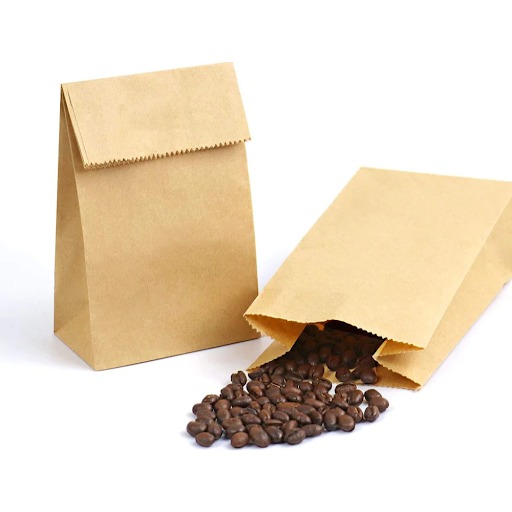In recent years, the food industry has witnessed a significant shift in consumer behavior, with an increasing number of people opting for takeaway and delivery services. This trend, accelerated by the rise of online platforms and changing lifestyles, has not only transformed the way we dine but also sparked a renewed focus on sustainable packaging. Among the various packaging options available, paper bags have emerged as a frontrunner in balancing convenience with environmental consciousness.
In this blog, we will delve into the evolving takeaway landscape and explore the pivotal role played by paper bags in shaping these trends.
The Rise of Takeaway Culture:
The convenience-driven culture of takeaway has become deeply ingrained in our society. Busy schedules, heightened work commitments, and the fast-paced nature of modern life have led to a surge in demand for on-the-go meals. As a result, restaurants, cafes, and even fine dining establishments are adapting to this shift by offering takeaway and delivery services. In this dynamic landscape, packaging plays a crucial role in preserving the integrity of the food while ensuring a positive customer experience.
Environmental Concerns and Sustainable Packaging:
Simultaneously, growing environmental awareness has prompted consumers to scrutinize the environmental impact of their choices, including the packaging that comes with their food. The excessive use of single-use plastics and non-biodegradable materials has come under intense scrutiny, leading to a collective call for more sustainable alternatives. This is where paper bags come into the spotlight as a viable and eco-friendly packaging solution.
Paper Bags as a Sustainable Choice:
Paper bag has gained popularity due to their eco-friendly characteristics. Made from a renewable resource – trees – paper bags are biodegradable and can be recycled. Unlike their plastic counterparts, paper bags decompose naturally, reducing the burden on landfills and minimizing environmental harm. The production of paper bags also tends to have a lower carbon footprint compared to plastic, making them a more environmentally responsible choice.
Versatility and Customization:
One of the reasons paper bags have seamlessly integrated into the takeaway trend is their versatility. Available in various sizes, shapes, and designs, paper bags can accommodate a wide range of food items, from sandwiches and salads to larger meals. The ability to customize paper bags with branding and unique designs adds a personal touch to the customer’s experience, contributing to brand recognition and loyalty.
Insulation and Practicality:
Apart from their environmental benefits, paper bags also offer practical advantages. Many paper bags from Ozpack are designed with features that enhance their functionality in the context of takeaway. Some bags come with built-in insulation, helping to maintain the temperature of hot or cold food items during transit. This not only ensures that the customer receives their meal in optimal condition but also reflects positively on the restaurant’s commitment to quality service.
Consumer Perception and Brand Image:
The choice of packaging is not merely a logistical consideration; it also has a profound impact on how a brand is perceived. In an era where consumers actively seek out environmentally responsible options, using paper bags aligns a restaurant with sustainable values. This conscious choice can contribute to a positive brand image, attracting environmentally conscious consumers and fostering a sense of social responsibility.
Government Regulations and Industry Standards:
In response to the growing environmental concerns associated with packaging waste, governments, and regulatory bodies are introducing measures to curb the use of single-use plastics. Many regions have implemented bans or restrictions on certain types of packaging, encouraging businesses to adopt more sustainable alternatives. As a result, the use of paper bags in the food industry aligns with these changing regulations and positions businesses as responsible stewards of the environment.
Conclusion:
The takeaway trend shows no signs of slowing down, and as it continues to evolve, the importance of sustainable packaging becomes increasingly evident. Paper bags have seamlessly transitioned from being a mere carrier of goods to playing a pivotal role in shaping consumer perceptions and environmental responsibility. As restaurants and consumers alike recognize the significance of their choices, the humble paper bag stands tall as a symbol of a conscious and eco-friendly approach to the ever-growing takeaway culture.
